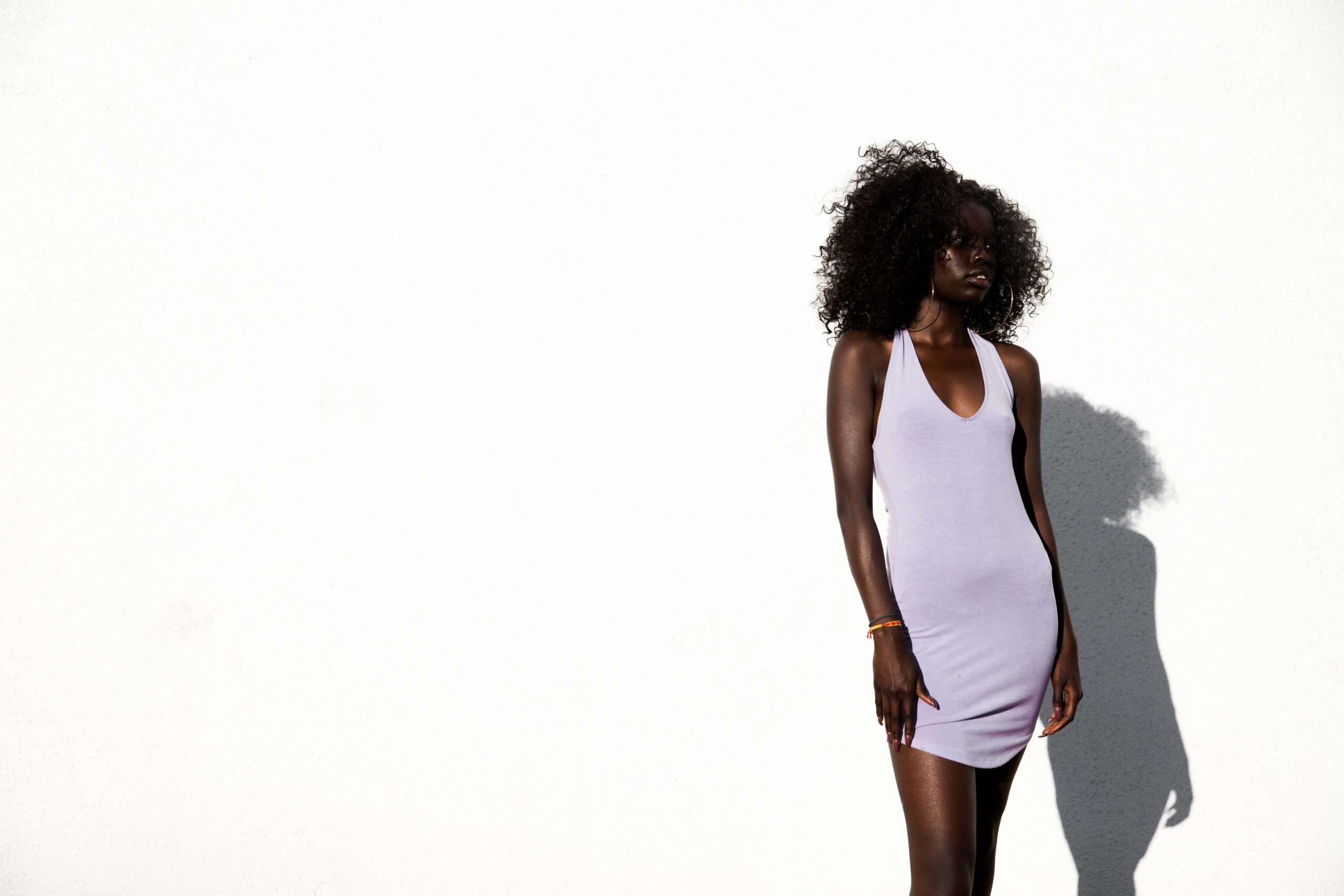Feeling overwhelmed by sustainable fashion shopping? You’re not alone.
Let’s face it, navigating the eco-friendly fashion world can be as complex as it is confusing. But don’t worry – we’re here to give you a full rundown and simplify sustainable shopping for you!
1. The Environmental Impact of Fast Fashion
Fast fashion might be easy on the wallet, but it’s incredibly hard on the planet. This industry is a major player in environmental degradation, and the stats paint a rather grim picture.
Water Wastage
Did you know that it can take up to 2,700 liters of water to produce just one cotton shirt? That’s enough for one person to drink for 2.5 years! The fashion industry is responsible for about 20% of global wastewater.
Carbon Footprint
The fashion industry contributes to 10% of humanity’s carbon emissions. That’s more emissions than all international flights and maritime shipping combined.
Waste Generation
Annually, the industry produces over 92 million tons of waste. Less than 1% of material used to produce clothing is recycled into new clothing, representing a loss of more than USD 100 billion worth of materials each year.
Fast fashion’s business model is based on speed and disposability. So with new collections hitting the stores weekly, the pressure to reduce costs and speed up production time leads not only to environmental harm but also to concerning labor practices.
This rapid consumption and disposal contribute to a throwaway culture, where clothes are viewed as disposable commodities. Obviously, this cycle is unsustainable and is taking a significant toll on our planet’s health.
2. Sustainable Materials – What to Look For
Organic vs. Conventional Cotton:
Think all cotton is the same? Think again. Organic cotton is the greener choice, grown without nasty pesticides and using significantly less water. This not only helps our planet but also ensures better conditions for farmers, plus it’s gentler on your skin.
Innovative Eco-Friendly Materials:
The fashion industry is evolving with sustainable heroes like Tencel, recycled polyester, and bamboo fabric. These materials are not just kind to the Earth – they’re strong, versatile, and leading the charge towards a more sustainable fashion industry.
The Truth About Synthetics:
Sure, synthetic fabrics like polyester have their perks, but they’re also a major source of microplastic pollution. Each wash can release tiny plastic fibers into our oceans, contributing to a growing environmental crisis.
3. Ethical Manufacturing Practices
Ethical manufacturing goes beyond just creating products. It’s about respecting and valuing the people behind our clothes. This means safe working conditions, fair labor practices, and a commitment to minimizing environmental impact. It’s not just about the end product, but about the human and environmental cost of getting there.
Transparency in the Supply Chain:
Ever wondered where your clothes actually come from? Transparency in the supply chain is crucial. Brands that openly share where and how their products are made are taking a big step towards ethical practices. It’s about honesty and accountability, letting us as consumers make informed choices.
Labor Rights and Fair Wages:
At the heart of ethical manufacturing are the rights and wages of workers. Ensuring that people are paid fairly and work in safe conditions is non-negotiable. It’s about dignity and justice.
4. How to Identify Greenwashing
Understanding Greenwashing:
Greenwashing – sounds eco-friendly, right? Wrong. It’s when brands make themselves look more sustainable than they really are. It’s a sneaky way to tap into the eco-conscious market without making significant environmental or ethical changes. It’s more about marketing than actual commitment to sustainability.
Explanation of the Term and Its Implications:
Greenwashing isn’t just misleading; it hampers genuine efforts towards sustainability. It can make it hard for consumers to trust brands and can overshadow the work of truly sustainable companies. Understanding what greenwashing is helps us see beyond the façade and support authentic sustainability.
Red Flags to Watch Out For:
So, how can you spot greenwashing? Look out for vague claims like ‘eco-friendly’ or ‘green’ without specific details. Be wary of sudden sustainability campaigns from brands known for questionable practices. Lack of transparency about supply chains and production processes is another red flag.
Tips on Identifying Misleading Claims:
Do your homework. Research the brand’s sustainability practices and look for third-party certifications. Be critical of broad or undefined sustainability claims. Remember, true sustainability is a comprehensive approach, not just a label.
5. Supporting Sustainable Brandshts and Fair Wages
Finding Truly Sustainable Brands:
In the sea of ‘sustainable’ labels, how do you find the real deal? It starts with a bit of detective work. Look for transparency in production processes and supply chains. Check if the brand has credible certifications or partnerships with reputable environmental organizations. Real sustainable brands will have a clear and comprehensive approach to both environmental and social aspects.
How to Research and Find Ethical Brands:
Start by visiting the brand’s website. Are they open about where and how their clothes are made? Do they talk about their workers’ rights? Social media and independent reviews can also offer valuable insights. And don’t forget about the power of community – online forums and groups can be goldmines for recommendations and experiences.
Small Changes, Big Impact:
Every sustainable purchase you make is a step towards a larger change. By supporting ethical brands, you’re not just buying a product; you’re endorsing a philosophy. These small choices add up, pushing the industry towards more responsible practices and making sustainability the norm, not the exception.
Your Role in the Movement:
Remember, as a consumer, your choices have power. By choosing to shop sustainably, you’re part of a growing movement that values our planet and its people. And to make this journey easier, why not bring along a trusty guide?
That’s where Ask Quinn comes in. Our extension is your personal guide to navigating the world of sustainable fashion. With Ask Quinn, you can easily find out how sustainable a brand is, right when you need it.
Download the Ask Quinn extension now and join us in making sustainable fashion the future!


